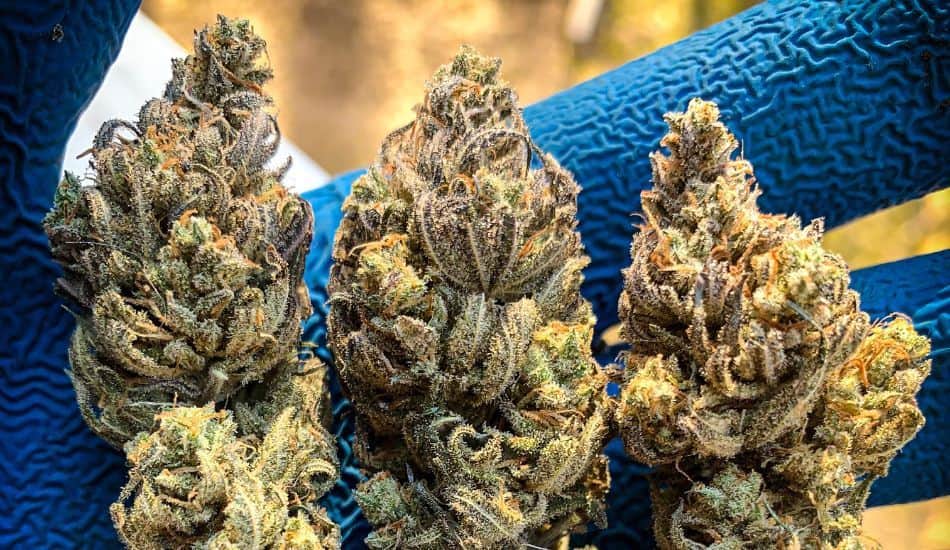Cultivating THCA hemp flower at home can be a rewarding and educational experience for enthusiasts looking to explore this fascinating plant. THCA tetrahydrocannabinolic acid is the non-psychoactive precursor to THC, which means that while it does not produce the euphoric effects associated with cannabis, it holds significant therapeutic potential and can contribute to a variety of health benefits. If you’re considering growing THCA hemp flowers at home, here are some essential tips to ensure a successful harvest. Research strains known for their THCA potency and choose one that suits your climate and growing conditions. Some strains are bred specifically for high THCA levels, so look for reputable breeders who provide detailed cannabinoid profiles.
Preparing the Grow Space: Whether you’re growing indoors or outdoors, your grow space should be well-ventilated and have controlled temperature and humidity levels. Indoors, use grows tents with adjustable ventilation systems and grow lights to mimic natural sunlight. Outdoors, choose a location with ample sunlight and good airflow to prevent mold and mildew.

Soil and Nutrients: Hemp plants thrive in well-draining soil rich in organic matter. Use a balanced, high-quality potting mix or amend your garden soil with compost to ensure optimal nutrient availability. During the vegetative stage, provide nutrients high in nitrogen to promote leafy growth.
Watering and pH Levels: Hemp plants require consistent moisture, but overwatering can lead to root rot. Water your plants when the top inch of soil feels dry, ensuring the soil is evenly moist but not waterlogged. Monitor the pH levels of your soil or growing medium, maintaining a range between 6.0 and 7.0 for optimal nutrient uptake.
Training and Pruning: To maximize yield and promote even light distribution, consider training techniques like topping, low-stress training LST, or high-stress training HST. Pruning lower branches and excess foliage can improve airflow and reduce the risk of mold. Regularly inspect your plants and remove any dead or diseased material.
Pest and Disease Management: Keep an eye out for common pests such as spider mites, aphids, and whiteflies. Use organic insecticides or natural predators like ladybugs to manage infestations. Ensure proper air circulation and avoid overwatering to minimize the risk of fungal diseases.
Harvesting and Curing: Harvest your THCA hemp flowers when the trichomes resin glands are mostly cloudy and before they turn amber. This ensures a high high thca flower content. Cut the branches and hang them upside down in a dark, well-ventilated space to dry. After drying, trim the buds and cure them in glass jars, opening the jars daily to release moisture and enhance flavor.
Legal Considerations: Always check local regulations regarding hemp cultivation. Compliance with legal requirements is essential to avoid legal issues and ensure that your growing practices are within the bounds of the law.
